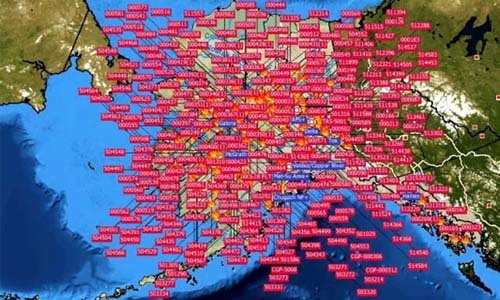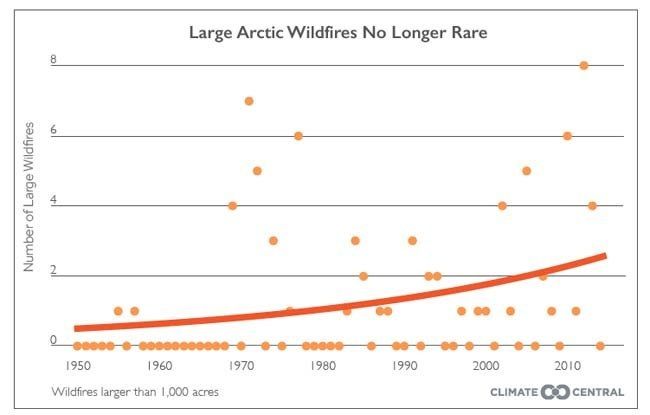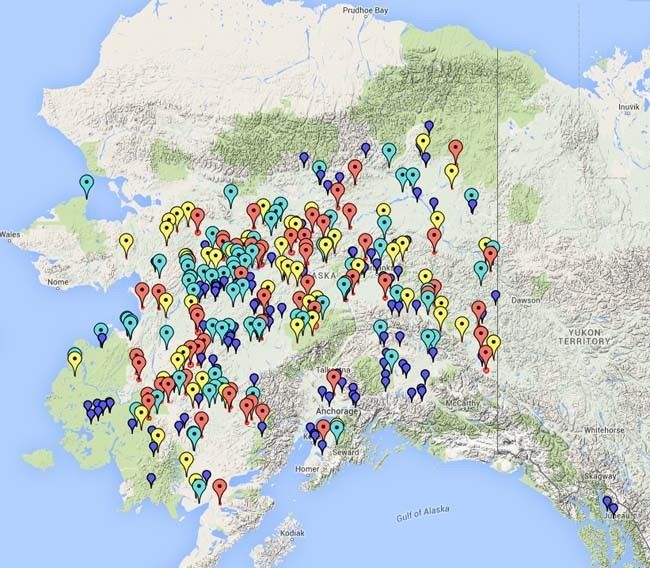

The impacts of Alaska’s wildfires should not be underestimated. The report finds that along with destroying vast swaths of Alaska’s ecosystems, they are “releasing a significant amount of carbon into the atmosphere, further contributing to global warming” and threatening air quality in Alaska and beyond.
And the Washington Post points out the fires often burn more than just trees, shrubs, grasses and wildlife. “They can burn away soils as well and threaten permafrost, frozen soil beneath the ground, and so potentially help to trigger additional release of carbon to the atmosphere,” says the Washington Post.
“One major concern about wildfires becoming more frequent in permafrost areas is the potential to put the vast amounts of carbon stored there at increased risk of being emitted and further amplify warming,” Sanford told the Washington Post.
Bernie Sanders has called Alaska the canary in the coal mine when it comes to climate change. If you haven’t seen him grill Alaskan leaders for failing to address climate change in a Senate hearing, you’ve got to check it out:
A report last week found that Alaskan glaciers have lost 75 billion metric tons of ice every year from 1994 through 2013. That’s enough to cover the entire state in a one-foot thick layer of water every seven years. That rapid glacial loss is bad enough for Alaska’s ecosystems, but Alaska’s melting glaciers are “punching far above their weight” when it comes to contributing to global sea level rise, CBS News′s Michael Casey pointed out. Alaska only holds one percent of the Earth’s glacial ice volume (the vast majority is in Greenland and Antarctica), but losses in Alaska were one third of the total loss from the ice sheet during 2005-2010.
YOU MIGHT ALSO LIKE
Insane Heat Wave in Alaska Put Temperatures Higher Than in Arizona

 233k
233k  41k
41k  Subscribe
Subscribe 

